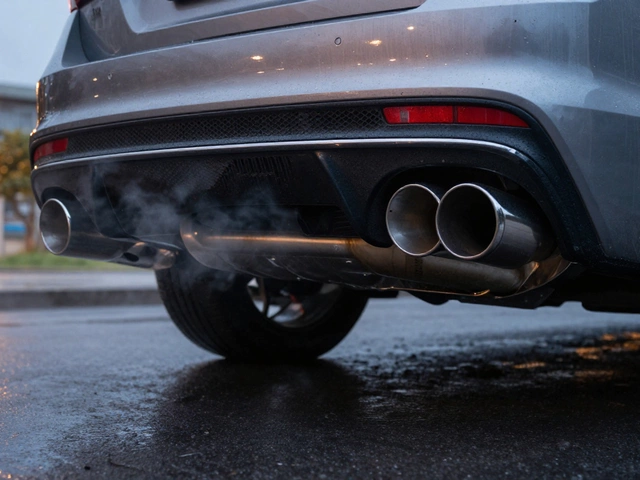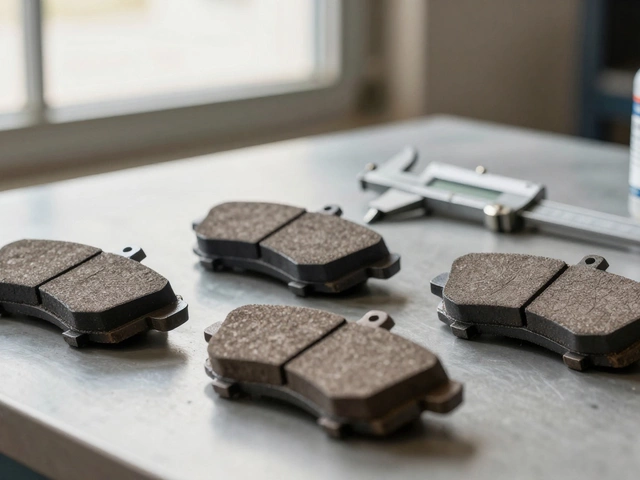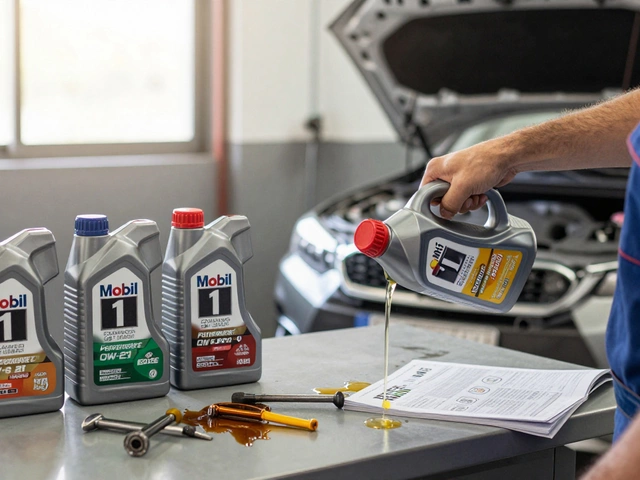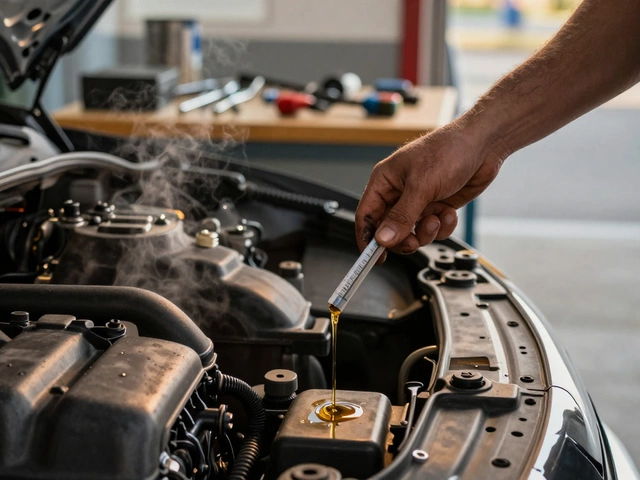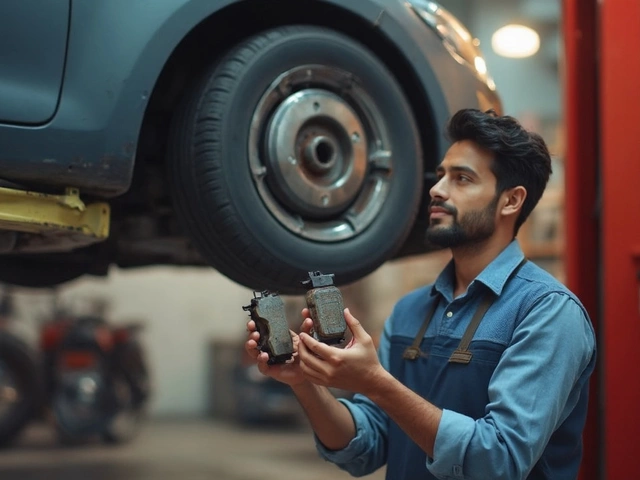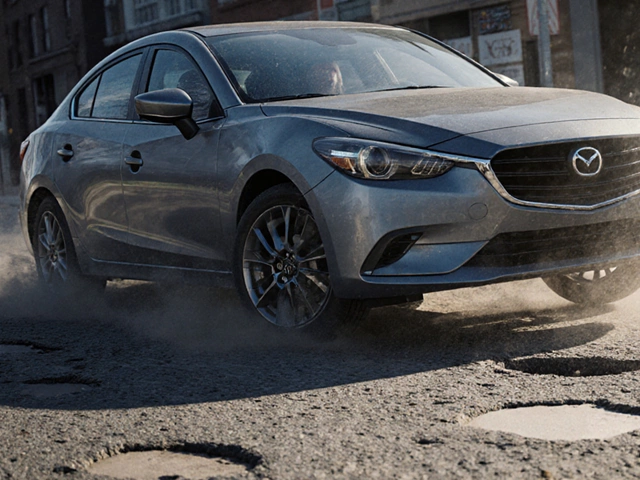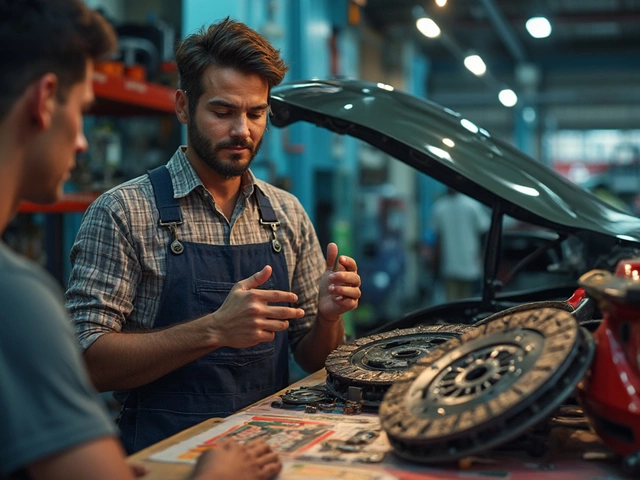Vehicle Suspension: What It Is, How It Works, and How to Fix It
When you hit a bump and your car doesn’t jump like a pogo stick, that’s thanks to the vehicle suspension, a system of parts that connects your wheels to the chassis and absorbs road shocks to keep you stable and comfortable. Also known as car suspension system, it’s one of the most important but often ignored parts of your ride. Without it, every pothole would shake your teeth loose, your tires would lose grip, and steering would feel like you’re driving a shopping cart on gravel.
The suspension components, include shock absorbers, struts, springs, control arms, and bushings—all working together to balance comfort and control. Also known as car suspension parts, they wear out slowly, so you might not notice until your car starts bouncing too much or pulls to one side when braking. Most cars today use a MacPherson strut, a simple, space-saving design that combines a shock absorber and spring into one unit. Also known as strut suspension, it’s common because it’s cheap to make and easy to repair. But when it fails, you’re not just dealing with a bumpy ride—you’re risking tire wear, brake performance, and even handling in emergencies.
Worn shock absorbers, are the most common suspension problem, causing your car to float over bumps, sway in turns, and take longer to stop. Also known as shocks, they don’t just make your ride rough—they make it dangerous. You can test them by pushing down hard on one corner of your car. If it bounces more than once, they’re done. Front suspension problems often show up as uneven tire wear or a nose-dive when braking. And if your car feels like it’s floating on a trampoline, it’s not your imagination—it’s your suspension crying for help.
Fixing suspension isn’t always a shop job. Many parts like shocks, struts, and bushings can be swapped with basic tools if you’re patient. Replacing them isn’t just about comfort—it’s about safety. A bad suspension means your tires don’t stay planted, which kills traction and makes hydroplaning or skidding more likely. And while alloy wheels or loud exhausts get all the attention, a healthy suspension is what keeps you in control when it matters most.
Below, you’ll find real-world guides on what parts fail most often, how to spot early warning signs, how to soften or stiffen your ride, and what to replace during a front suspension overhaul. No fluff. No guesswork. Just what works.
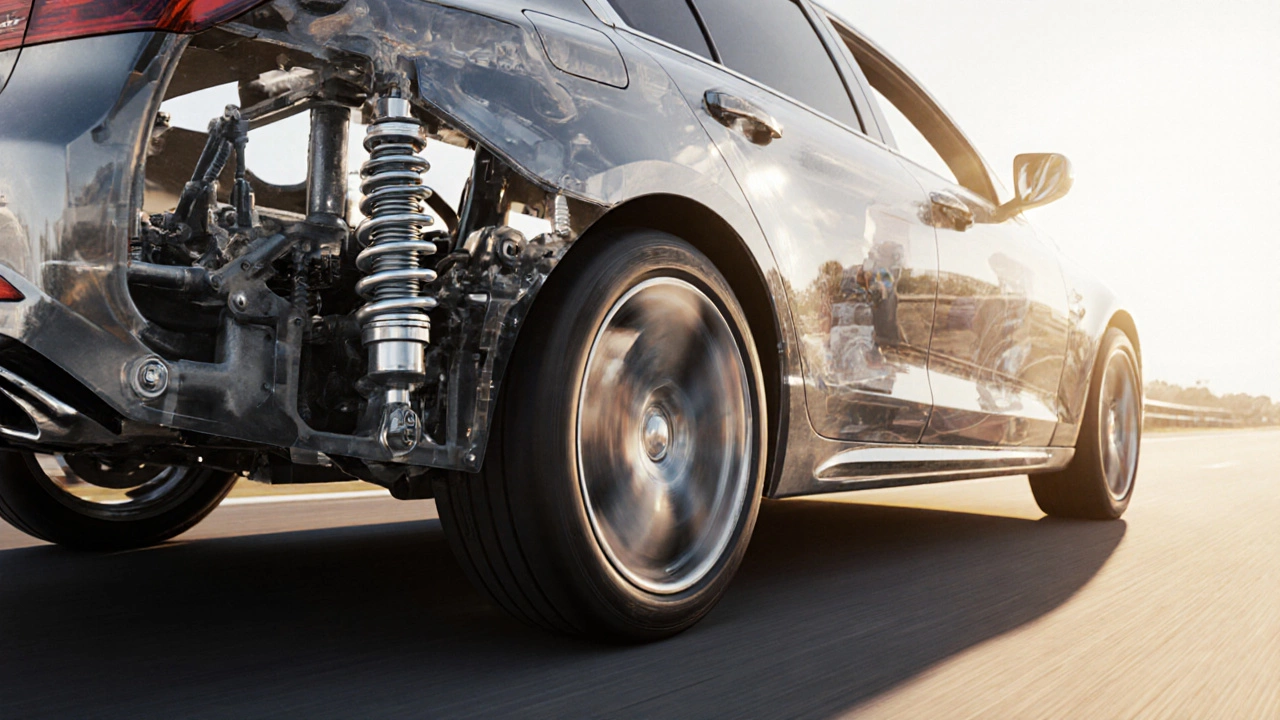
What are the 4 Types of Suspension? Explained with Real‑World Examples
Learn the four main suspension types-independent, dependent, semi‑independent and air-plus their pros, cons, common applications, and maintenance tips.
CONTINUE READING
